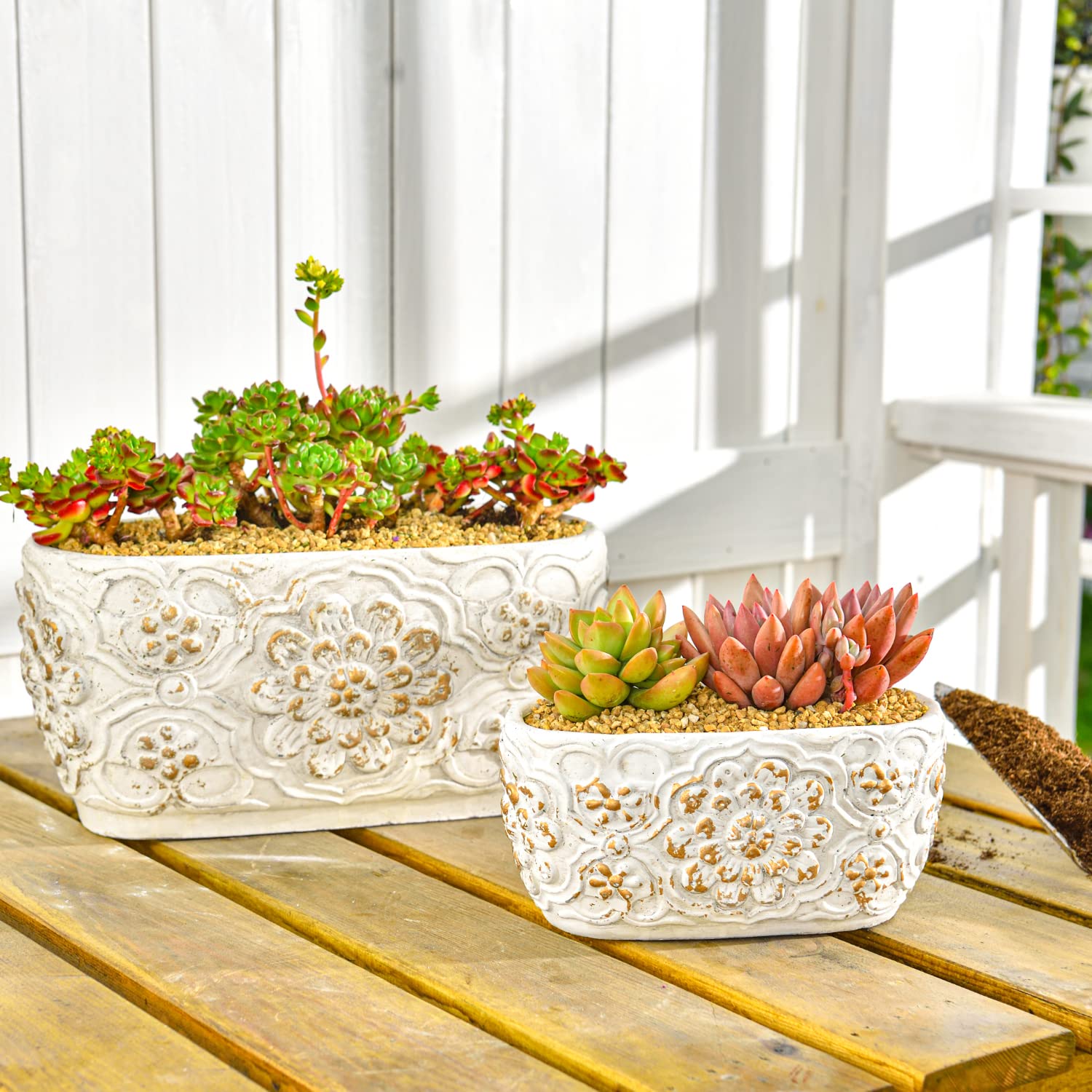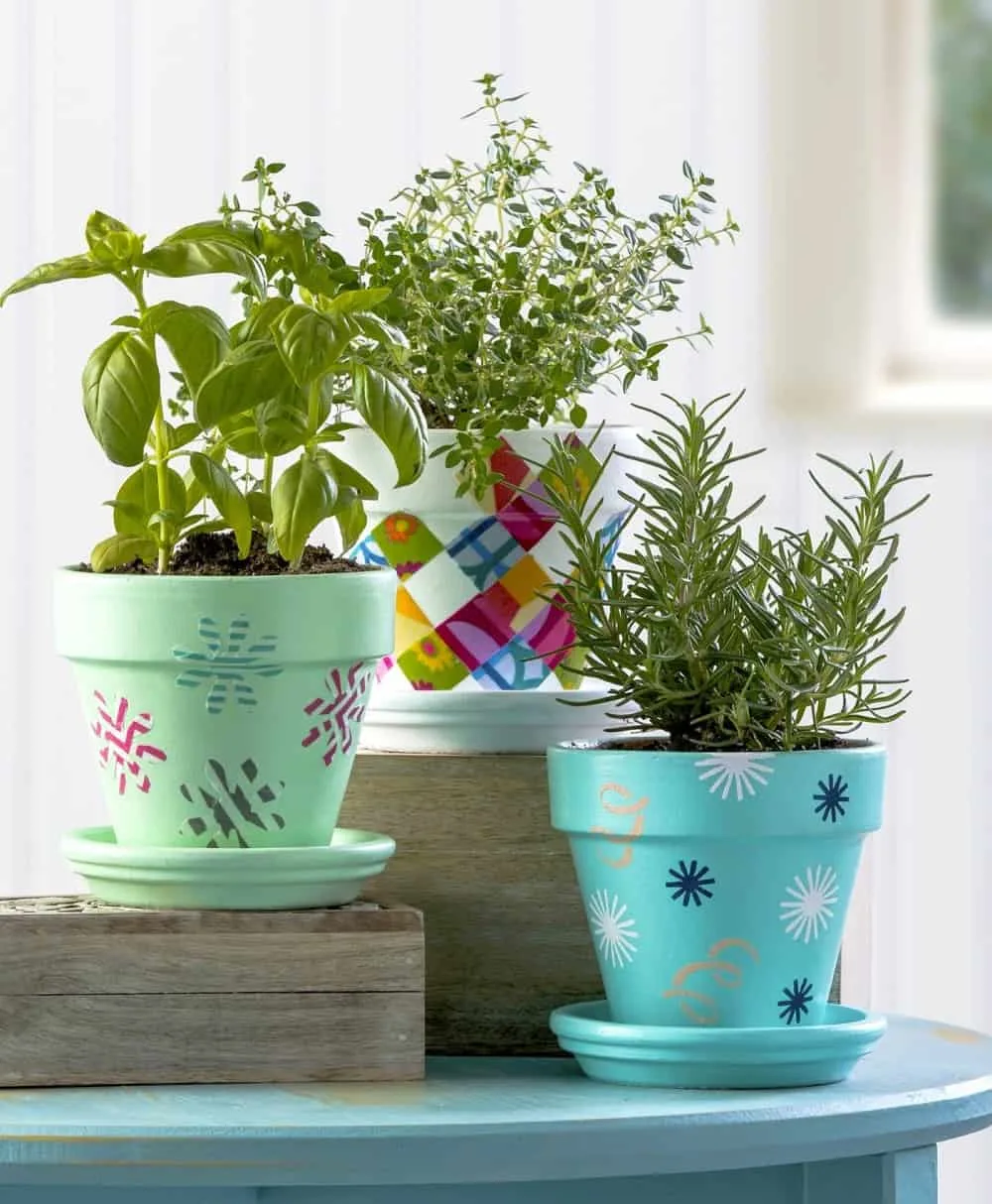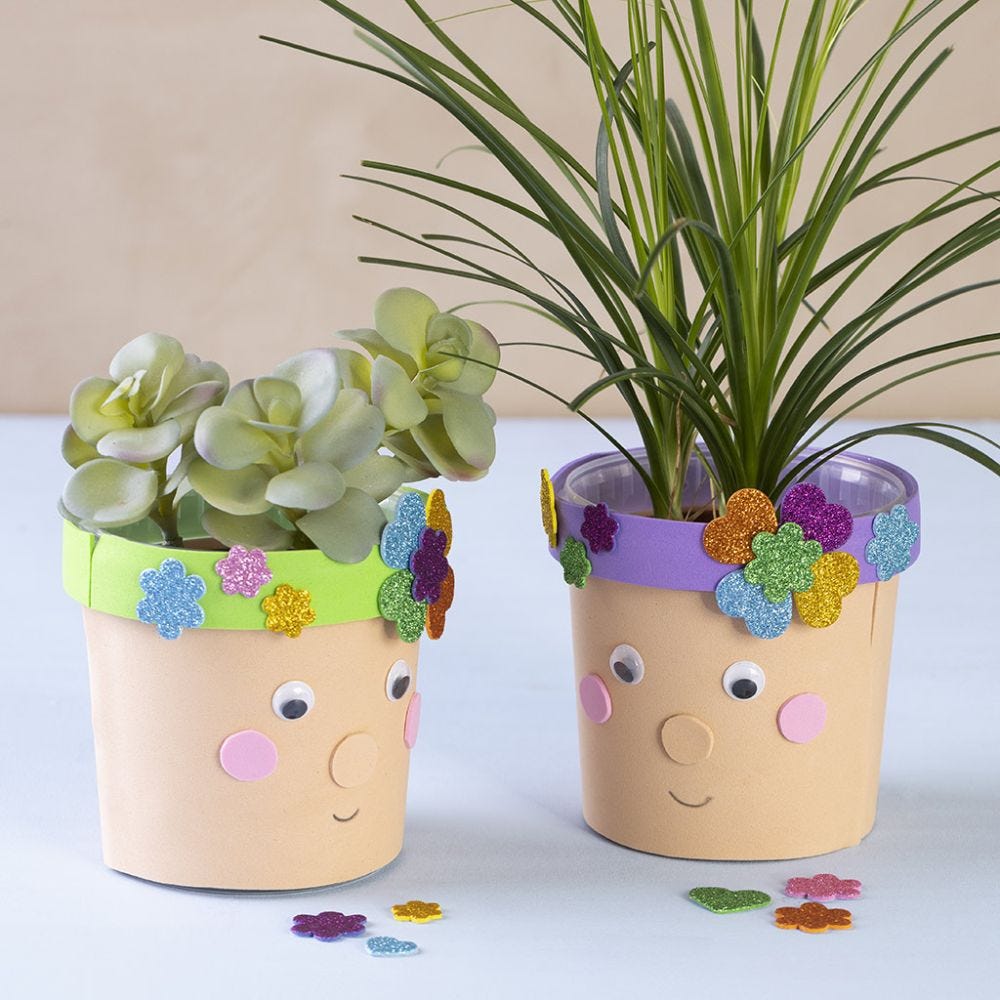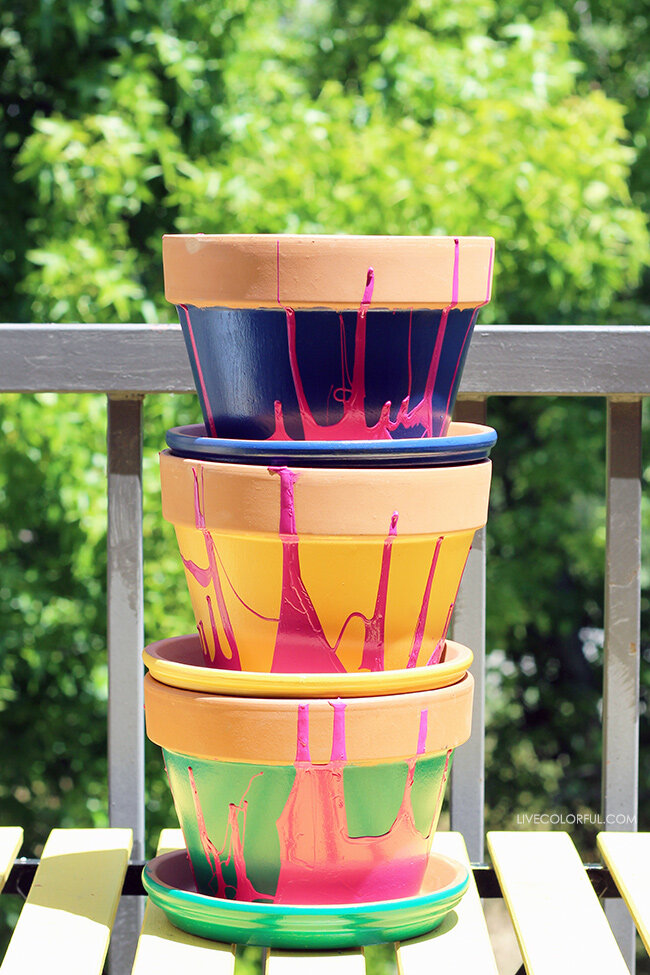Pottery has a timeless appeal, offering both functionality and aesthetic charm to any space. When it comes to flower pots, pottery decor provides endless opportunities for personalization and style. Whether you’re a seasoned gardener or just starting out with indoor plants, decorating your flower pots can add a unique touch to your home or garden. From choosing the right pottery to exploring various decorating techniques, here’s how you can transform your flower pots into personalized works of art.

Choosing the Right Pottery
Selecting the right pottery sets the foundation for your decorative journey. Clay pots are classic and versatile, offering a natural look that complements a variety of plants and decor styles. They provide good insulation for plant roots and are porous, allowing for better airflow and moisture regulation. Terracotta pots, with their earthy tones and textured surface, are particularly popular and age beautifully over time, developing a charming patina. Ceramic pots, on the other hand, offer a wider range of colors and finishes, from glossy to matte, allowing for more decorative flexibility.
Understanding Different Pottery Shapes and Sizes
Pottery comes in various shapes and sizes, each serving different aesthetic and functional purposes. Cylinder pots are ideal for plants with deep roots or those that grow tall, providing stability and adequate space. Bowl or dish-shaped pots are great for shallow-rooted plants or succulents, offering a wider base that enhances stability and allows for creative planting arrangements. Hanging pots, such as macrame holders or ceramic designs with built-in hooks, are perfect for trailing plants or adding a decorative touch to vertical spaces like balconies or walls.

Preparing Your Pottery for Decoration
Before you begin decorating, it’s essential to prepare your pottery properly to ensure that your designs adhere well and last longer. Start by cleaning the pots thoroughly with soap and water to remove any dirt, dust, or residue. Allow them to dry completely before proceeding. If you’re working with new clay or ceramic pots, consider lightly sanding the surface with fine-grit sandpaper to create a smoother texture for painting or applying decorative elements. This step ensures better adhesion and a more professional finish to your pottery decor.
Painting Techniques for Pottery Decor
Painting is one of the most popular ways to personalize flower pots, allowing you to unleash your creativity with colors, patterns, and designs. Acrylic paints are versatile and come in a wide range of colors, making them ideal for both beginners and experienced artists. Before painting, consider applying a base coat of primer to enhance paint adhesion and prevent colors from bleeding. Use fine brushes for detailed designs or sponges and stencils for creating patterns and textures. Seal your painted pots with a clear acrylic sealer to protect the finish from water and UV damage, ensuring longevity.

Decoupage and Fabric Coverings
Decoupage is another fantastic technique for adding personality to your flower pots. It involves adhering paper cutouts or fabric onto the surface of the pottery using decoupage glue or Mod Podge. Choose decorative paper or fabric that complements your home decor or reflects your personal style. For a cohesive look, consider matching the decoupage design with other elements in the room, such as curtains or throw pillows. Once dry, apply several coats of decoupage medium over the entire surface to seal and protect the design from moisture and fading.
Embellishments and Texture
Adding embellishments and texture to your flower pots can elevate their visual appeal and create a tactile experience. Consider using materials like twine, rope, beads, or mosaic tiles to enhance the surface of the pottery. Twine-wrapped pots add a rustic charm, while beads or mosaic tiles provide a colorful and textured finish. Secure embellishments with strong adhesive suitable for outdoor use if your pots will be displayed in garden settings. Experiment with different materials and placements to achieve the desired aesthetic effect.

Etching and Carving Techniques
Etching and carving techniques offer a more intricate way to personalize pottery, creating subtle designs that catch the light and add depth to the surface. Use a sharp tool like a clay carving tool or even a utility knife to etch patterns or carve shapes into the pottery’s surface. Practice on a spare piece of pottery or a less visible area before proceeding with your design to ensure precision and consistency. Etched designs can range from simple geometric patterns to elaborate motifs inspired by nature or cultural themes, depending on your skill level and artistic vision.
Stenciling and Masking
Stenciling and masking are effective techniques for achieving crisp, uniform designs on pottery surfaces. Use pre-made stencils or create your own using adhesive vinyl or stencil film. Apply the stencil to the clean, dry pottery surface and use a sponge or brush to apply paint or etching cream within the stencil boundaries. Remove the stencil carefully to reveal the design. Masking involves covering parts of the pottery with painter’s tape or masking fluid before applying paint or other decorative treatments. Once dry, peel away the masking material to reveal clean, defined lines and shapes.

Natural and Organic Finishes
For a more organic and natural look, consider using materials found in nature to decorate your flower pots. Seashells, pebbles, driftwood, or even pressed flowers can be adhered to the pottery surface using strong craft glue or epoxy resin. Arrange these natural elements in pleasing patterns or randomly for a whimsical touch. Finish with a clear sealant to protect the embellishments and ensure durability against outdoor elements if displayed in garden settings. Natural finishes add a unique charm and connect your indoor plants with the beauty of the outdoors.
Personalizing with Plant Labels and Tags
Don’t forget to personalize your flower pots further with custom plant labels or tags. These can be made from wood, metal, ceramic, or even recycled materials like old silverware or wine corks. Use a permanent marker or engraving tool to write the plant’s name, special care instructions, or a personal message. Attach the labels securely to the pots using twine, wire, or adhesive. Plant labels not only add a decorative element but also serve a practical purpose by helping you identify and care for your plants with ease.
Caring for Decorated Flower Pots
Once your decorating flower pots are decorated and personalized, proper care will ensure that they continue to look their best. Avoid placing painted or decorated pots in direct sunlight for prolonged periods, as this can cause colors to fade or materials to deteriorate over time. Use saucers or trays underneath pots to protect surfaces from water damage and prevent staining. Regularly dust or wipe down decorated pots with a soft cloth to remove dirt or debris. If displaying outdoors, consider bringing pots indoors during extreme weather conditions to prolong their lifespan.
Conclusion
Decorating flower pots with pottery decor techniques is a rewarding way to express your creativity and personalize your living spaces. Whether you prefer painting intricate designs, decoupaging with decorative paper, or adding natural embellishments, there are endless possibilities to make each pot unique. By choosing the right pottery, preparing surfaces properly, and experimenting with various techniques, you can transform ordinary flower pots into stunning focal points that enhance the beauty of your home or garden. Embrace the art of pottery decor and enjoy the process of creating functional works of art that reflect your personal style and love for plants.